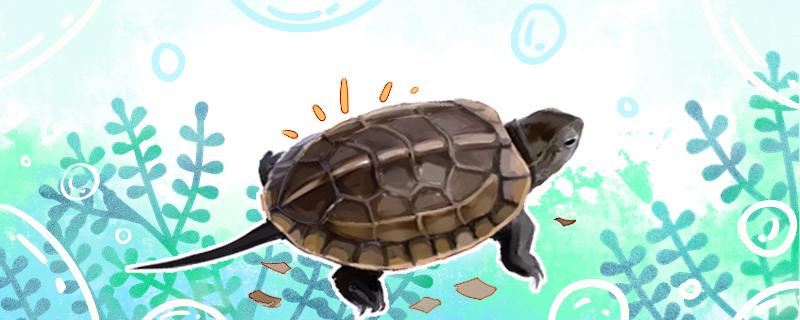 1. Breeding method of grass turtle
1. Breeding method of grass turtle 1. Container: The grass turtle is small in size after adulthood, but it needs large space to move. When breeding, the breeder needs to prepare a larger container for them, so that they can develop their body shape better.
2. Water temperature: The grass turtle has strong adaptability to the environment, and its requirements for the environment are not high. When cultured artificially, as long as the water temperature is between 18-32 ℃, they can survive normally. However, the appetite and activity of grass turtles will decrease in low temperature environment, so it is best for breeders to keep the water temperature between 22-28 ℃.
3. Water quality: The turtle has no high requirement on the pH value of water quality, and can survive in weak acid, weak base and neutral water. During artificial breeding, it is only necessary to change water frequently to ensure clean water quality.
4. Feeding: Grass turtles are omnivorous animals, and there are many kinds of food that can be eaten. Breeders had better choose animal feed with plant feed. If breeders don't have enough time, they can also choose to feed some turtle food.
2. Precautions for raising grass turtles1. Environmental stability: Although grass turtles have low requirements for the environment, they are relatively sensitive to environmental changes. Breeders need to ensure that the water temperature and quality of their lives are stable, and try to avoid violent fluctuations in the environment.
2. Reasonable feeding: The food intake of grass turtles is not very large, so breeders need to feed them reasonably according to the surrounding environment and temperature changes, so as to avoid indigestion as much as possible.